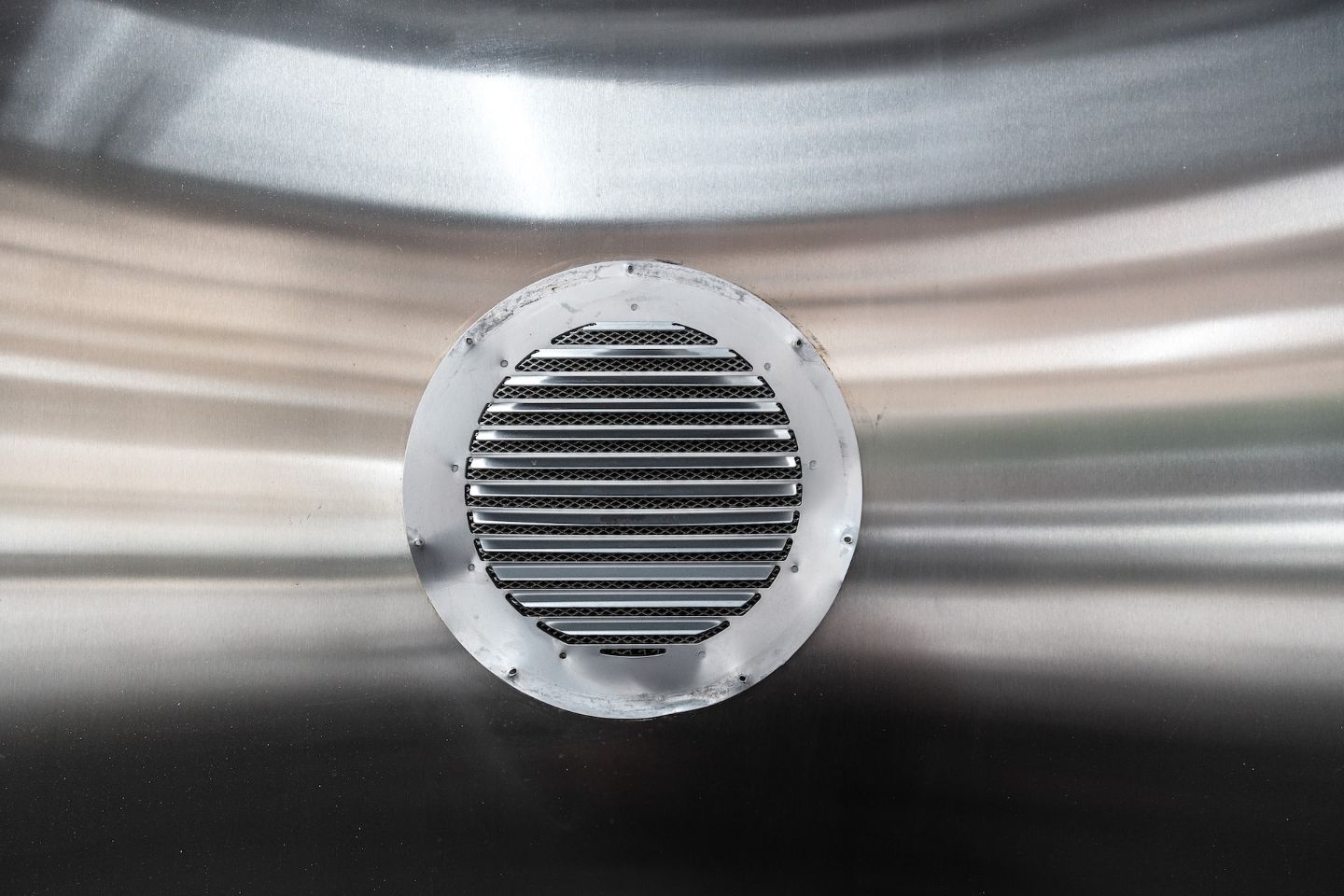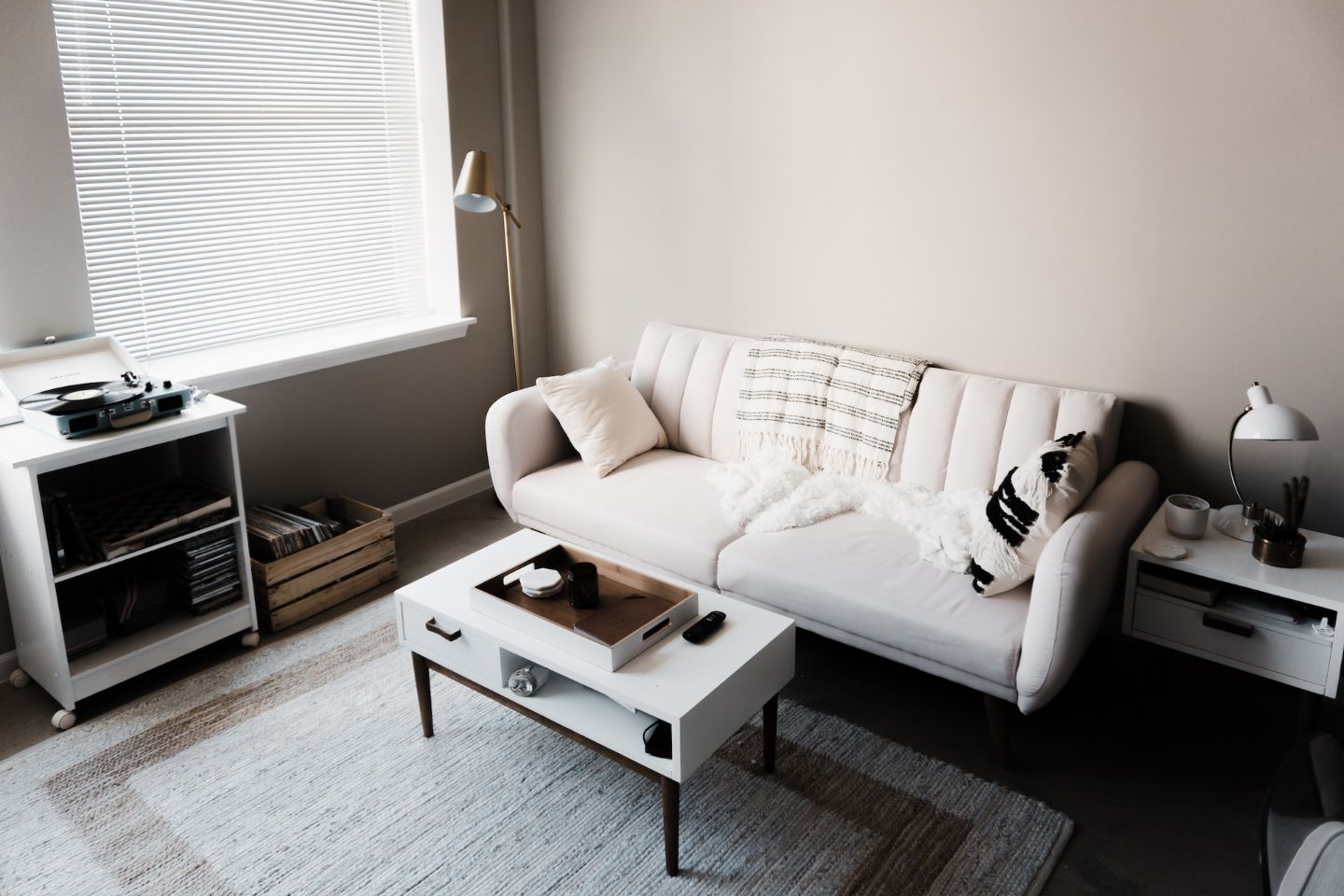Tags – ventilation and energy efficiency
If you’re in the market for a new home or if you’re renovating your current one, you may be wondering about the relationship between ventilation and energy efficiency.
And it’s an important question to ask, as proper ventilation is key to keeping your home comfortable and energy-efficient.
In this blog, we will discuss the basics of ventilation and how it affects your energy bill. We’ll also provide some tips on how to improve the ventilation in your home without sacrificing too much efficiency.
What is Ventilation?
Ventilation is the process of exchanging indoor air with outdoor air.
It’s important to have proper ventilation in your home, as indoor air can be polluted and can contain allergens, dust, and other pollutants.
Consequently, poor ventilation can also lead to a number of health problems, such as asthma, allergies, and respiratory infections.
How Does Ventilation Affect Energy Efficiency?
Ventilation plays an important role in energy efficiency. The more air you exchange with the outdoors, the more heat you lose.
Hence why it’s important to have a well-insulated home – to keep as much of the heat inside as possible; the less heat you lose, the lower your energy bills will be.
For this reason, well-sealed windows and proper glazing result in energy savings while also offering a pleasant living environment.
On the other hand, old windows that are not sealed well and are mostly draughty, means warm air is constantly lost, which is a huge waste of energy.
Luckily, modern window frames today are very well sealed and have low air infiltration.
Because of the excellent thermal efficiency of double and triple glazing, very little heat is lost through the glass, which saves on energy.
How to Ventilate Your Home
There are two types of ventilation: natural and mechanical.
Natural Ventilation
One of the easiest ways to ventilate your building or home is natural ventilation.
Simply, this occurs when air flows through open windows and doors to replace indoor air.
Natural ventilation is a free and easy way to improve the ventilation in your home, and it can be used in conjunction with other forms of ventilation, such as mechanical ventilation.
Mechanical Ventilation
Mechanical ventilation is the use of fans, vents, and ducts to move air in and out of your home.
The most common type of mechanical ventilation is whole-house ventilation, which uses a central fan to exhaust air from your home and draw fresh air in through vents.
Other types of mechanical ventilation include local exhaust fans, which are typically used in kitchens and bathrooms, and spot ventilation, which is used to ventilate specific areas, such as a kitchen or bathroom.
Positively, air ventilation systems work to make indoor air as pleasant as possible; not only do they provide fresh air, but direct CO2 and moisture outside and save energy by recovering heat.
As a quick round up, the benefits of air ventilation systems include:
- Energy savings through heat recovery
- Fresh air without heat loss
- Dust, pollen and other matter are filtered out
- Reduce outdoor noise as windows stay closed
The Bottom Line
Ventilation is not only beneficial as it saves energy, but it’s also essential for health and cleanliness as it can prevent things like mould.
Essentially, if windows are steamy, ventilate as soon as possible, particularly the bathroom.
Today, houses frequently include a heat recovery system that automatically controls humidity by exchanging air while recovering the heat from the air being removed.
This maintains a constant temperature inside the home, promotes energy efficiency, and reduces running costs.
For more information, please get in touch today.
In the meantime, take a look at our air conditioning systems here.
You may also like:



